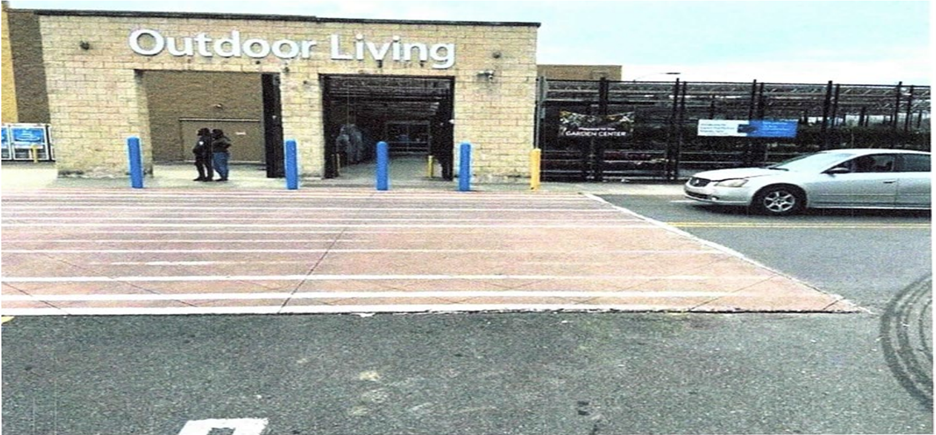Hurricanes Laura and Delta caused substantial damage in Louisiana, resulting in extensive litigation that continues to develop. In a July 8, 2024 blog post, we reported that the U.S. Fifth Circuit Court of Appeals, in Bufkin Enterprises, LLC v. Indian Harbor Ins. Co., affirmed that equitable estoppel applied to allow domestic insurers to compel arbitration under the New York Convention even where the insured dismissed the foreign insurers with prejudice. Click here to read more.
New case law from the LA Supreme Court warrants supplementation of our prior blog post. The Police Jury of Calcasieu Parish (“Calcasieu”) filed suit in federal court to recover alleged underpaid and untimely insurance claim payments. Various domestic insurers moved to compel arbitration pursuant to arbitration clauses found in two foreign insurers’ policies. The foreign policies required all claims be submitted to arbitration in New York under New York law. The insurers relied upon Bufkin Enterprises, LLC v. Indian Harbor Ins. Co., and Calcasieu moved to certify questions to the LA Supreme Court.
The U.S. District Court for the Western District of LA certified questions to the Louisiana Supreme Court to address this issue. In Police Jury of Calcasieu Parish v. Indian Harbor Insurance Co., the Louisiana Supreme Court held:
- Arbitration is prohibited by statute. The case involved the interpretation of La. R.S. 22:868, as amended in 2020. Generally, La. R.S. 22:868(A) prohibits the use of arbitration clauses in insurance policies. The Court held this prohibition is rooted in public policy because compulsory arbitration clauses deprive courts of jurisdiction over actions against insurers. The Court noted it historically has held arbitration clauses within insurance policies are unenforceable, and it did not deviate from its historical position.
- As a matter of first impression, an insurance policy with a political subdivision is a “public contract” within meaning of the statute banning any provision in public contracts which requires a suit or arbitration proceeding to be brought in a forum or jurisdiction outside of the state. It was undisputed that Calcasieu is a political subdivision of this state. Also, it was undisputed the Defendants contracted with Calcasieu to provide insurance coverage for approximately 300 properties that Calcasieu owned for the benefit of the public. No private actors involved. Thus, the Court found, “The Defendants’ insurance policies clearly covered public properties owned by Calcasieu, purchased with public funds––taxpayer dollars. As such, we easily find insurance contracts with political subdivisions, like the policies at issue, are public contracts within the meaning of La. R.S. 9:2778.” Thus, the statute precludes arbitration or venue outside of LA, or the application of foreign law, in claims involving the State and its political subdivisions.
- A domestic insurer may not use equitable estoppel to enforce arbitration via a foreign insurer’s policy. Citing its disagreement with the Federal Court’s ruling in Bufkin Enterprises, L.L.C. v. Indian Harbor Ins., the Court held “[E]quitable estoppel is not available under these circumstances because it conflicts with the positive law of La. R.S. 22:868, which prohibits the use of arbitration clauses in Louisiana-issued insurance policies. As such, domestic insurers may not employ this common law doctrine to compel arbitration through the clause of another insurer’s policies, as it clearly contravenes La. R.S. 22:868(A)(2). A contrary finding would (1) violate Louisiana’s positive law prohibiting arbitration in Louisiana-issued insurance policies; and (2) invite domestic insurers’ misuse a doctrine of ‘last resort’ to ceaselessly rely on insurance policies of foreign insurers to compel arbitration.”
References:
Police Jury of Calcasieu Parish v. Indian Harbor Insurance Co., 2024 WL 4579035 (La.), 9, 2024-00449 (La. 10/25/24).
Bufkin Enterprises, L.L.C. v. Indian Harbor Ins. Co. 96 F.4th 726 (5th Cir. 2024).

